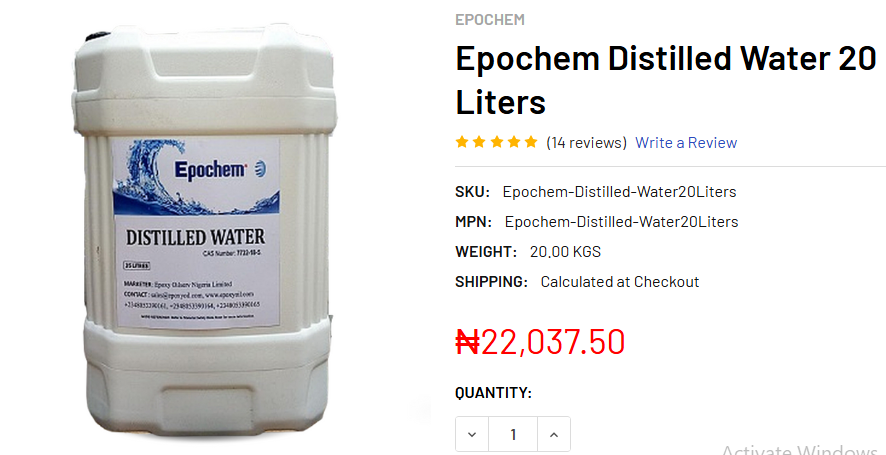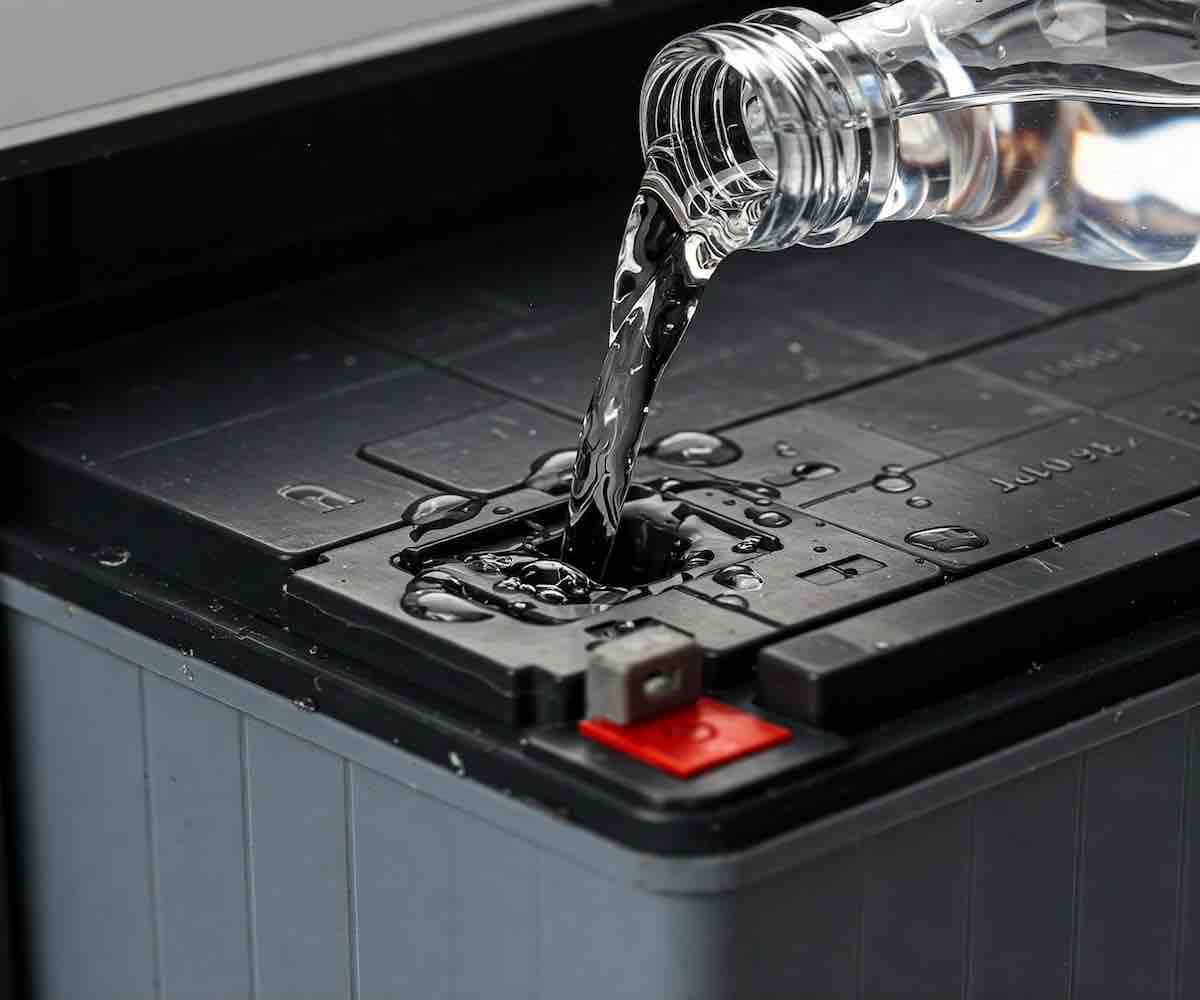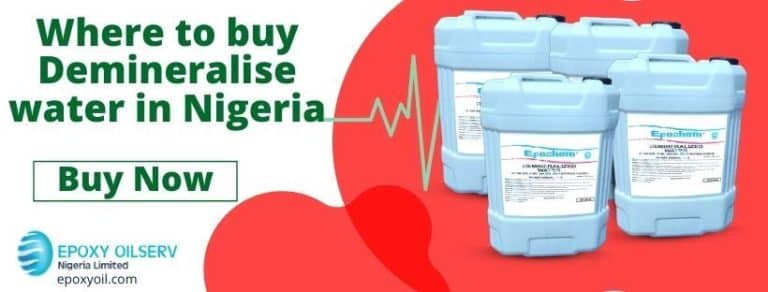How to Add Distilled Water to Your Inverter Battery (Step-by-Step)
Introduction
Maintaining the correct water levels in your inverter battery is essential for ensuring its longevity and optimal performance. Over time, the water in the battery evaporates, which can lead to decreased efficiency and potential damage. Using distilled water is crucial as it prevents mineral buildup that could harm the battery’s internal components.
Key Takeaway
- Regular Maintenance is Essential: Regularly checking and maintaining the water level in your inverter battery ensures optimal performance and extends its lifespan.
- Use Only Distilled Water: Distilled water prevents mineral buildup, which can damage the battery and reduce its efficiency.
- Follow Proper Safety Procedures: Always wear protective gear, and ensure the inverter is switched off and disconnected before starting the maintenance process.

Safety Precautions
Before you begin, it’s important to prioritize safety. Always wear protective gear such as gloves and goggles to shield yourself from any accidental spills or splashes of battery acid. Ensure the area is well-ventilated to avoid inhaling harmful fumes. Handle the battery with care to prevent any accidents or damage.
Read more: Top Up Your Inverter Battery with Distilled Water: A Quick Guide
Tools and Materials Needed
To add distilled water to your inverter battery, gather the following tools:
- Distilled water
- Funnel
- Clean cloth
- Hydrometer Optional tools include a measuring cup or syringe for more precise water measurements.
Step-by-Step Guide
Step 1: Turn Off and Disconnect the Inverter
Before you start, turn off the inverter and disconnect it from the power source. This is a critical safety step to avoid any electrical hazards while working on the battery.
Step 2: Access the Battery Compartment
Carefully open the battery compartment to access the battery caps. Ensure you have a clean and stable workspace to avoid contamination.
Step 3: Check the Water Level
Once the battery caps are removed, check the water level in each cell. The water should cover the lead plates but should not be overfilled. If the water level is below the recommended mark, it’s time to add distilled water.
Step 4: Add Distilled Water
Using a funnel, carefully pour distilled water into each battery cell. Avoid overfilling, as this can lead to overflow during charging. It’s best to fill until the water just covers the top of the lead plates.
Step 5: Replace Battery Caps
After filling, securely replace the battery caps. Ensure they are tightened properly to prevent any leakage.
Step 6: Clean Up
Wipe any spills with a clean cloth and ensure the battery area is dry. Proper cleanup is important to maintain a safe environment and prevent corrosion.

Post-Maintenance Tips
1. Recharge the Battery: After adding distilled water, recharge the battery to help circulate the water and mix it with the electrolyte.
2. Regular Checks: Schedule regular maintenance checks to monitor water levels and ensure the battery is performing optimally.
3. Use Only Distilled Water: Never use tap water as it contains minerals that can damage the battery.
Troubleshooting Common Issues
1. Battery Not Holding Charge: If the battery isn’t holding a charge after adding distilled water, it could be due to sulfate buildup or aging. Consider getting it checked by a professional.
2. Overfilling Spillage: If water overflows, clean it immediately and ensure the caps are sealed tightly.
3. Unusual Noises or Smells: These may indicate internal damage. Disconnect the battery and consult a technician.
Frequently Asked Questions
1. Why should I use distilled water in my inverter battery?
Distilled water is free from minerals and impurities, preventing scale buildup and ensuring optimal battery performance.
2. How often should I check the water level in my inverter battery?
It’s recommended to check the water level every 2-3 months, depending on usage and environmental conditions.
3. What happens if I overfill the battery with water?
Overfilling can lead to spillage during charging, which may cause damage and corrosion. Always fill to the recommended level.
4. Can I use tap water in my inverter battery?
No, tap water contains minerals that can damage the battery’s internal components and reduce its lifespan.
5. What should I do if my battery is not holding a charge after adding water?
If your battery isn’t holding a charge, it may have sulfate buildup or internal damage. Consult a professional for a detailed inspection.
Related Articles
Top Up Your Inverter Battery with Distilled Water: A Quick Guide
Top Maintenance Tips to Prolong the Life of Your Inverter Battery
Distilled Water vs. Tap Water: Why It Matters for Your Inverter Battery
Common Signs That Your Inverter Battery Needs Refilling with Distilled Water
Why Use Distilled Water For Inverter Battery
Conclusion
Maintaining your inverter battery with distilled water is a simple yet vital task to ensure its longevity and efficiency. Regular maintenance not only prolongs the battery life but also prevents unexpected power failures.
For all your inverter battery maintenance needs, including top-quality distilled water and other supplies, visit Epoxy Oilserv Nigeria Limited. Our wide range of products ensures your inverter system remains in top condition. Don’t wait—shop with us today and keep your power solutions running smoothly!


